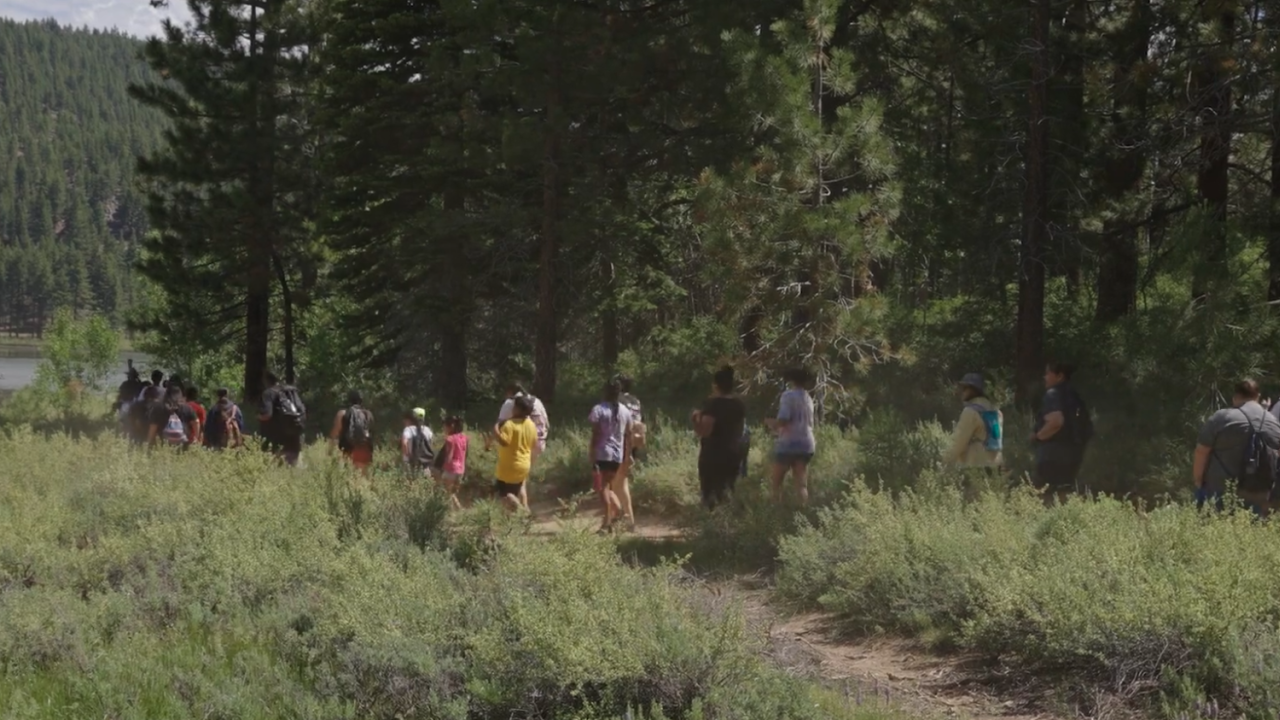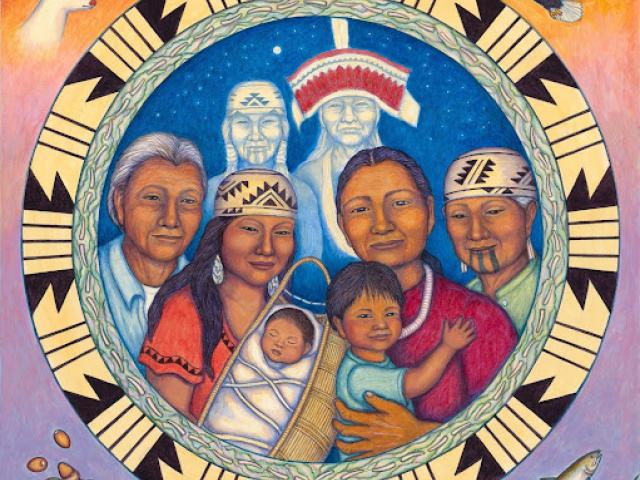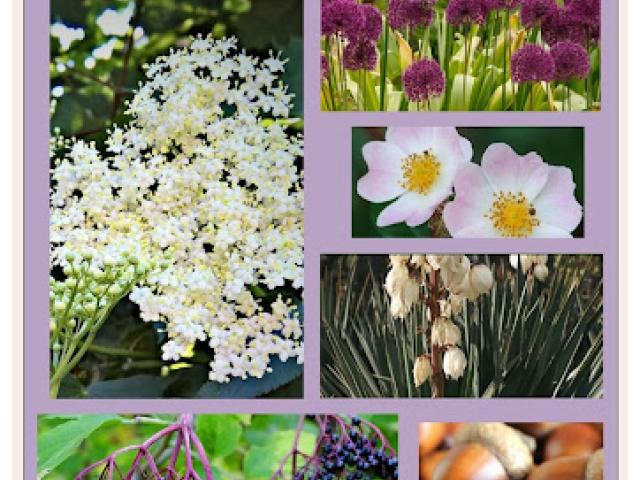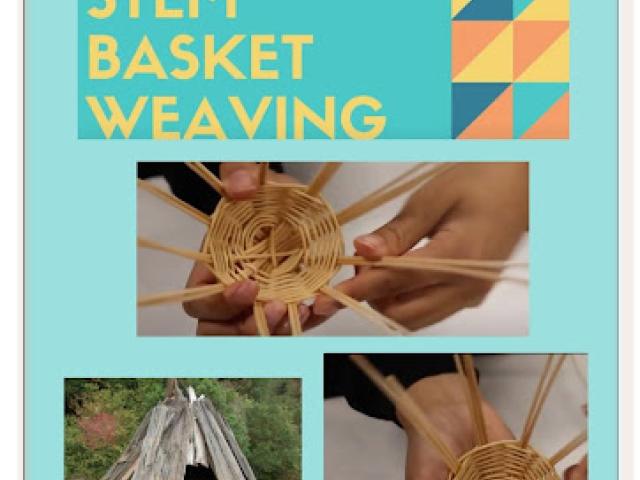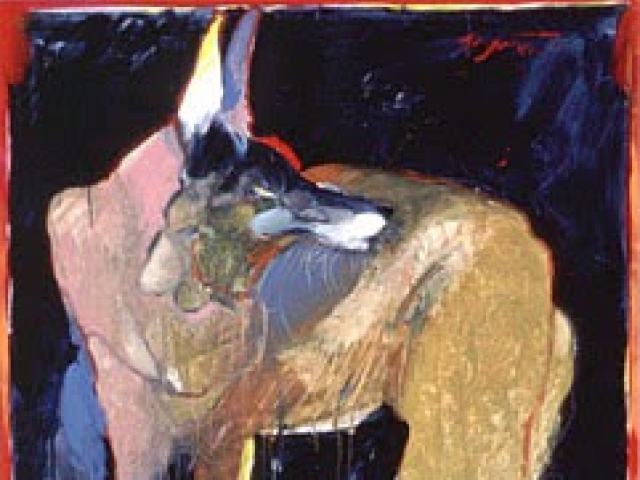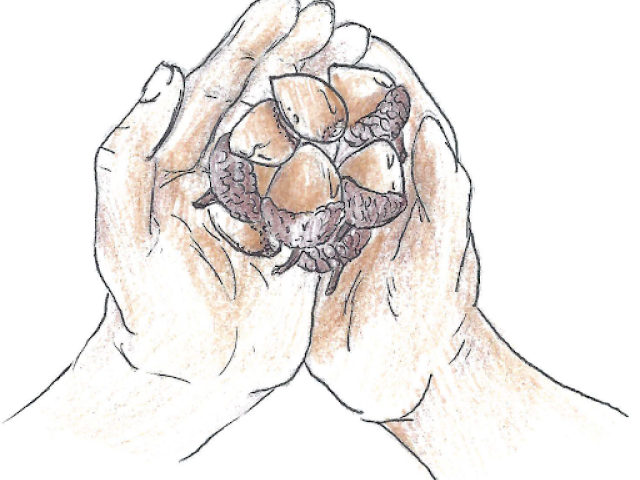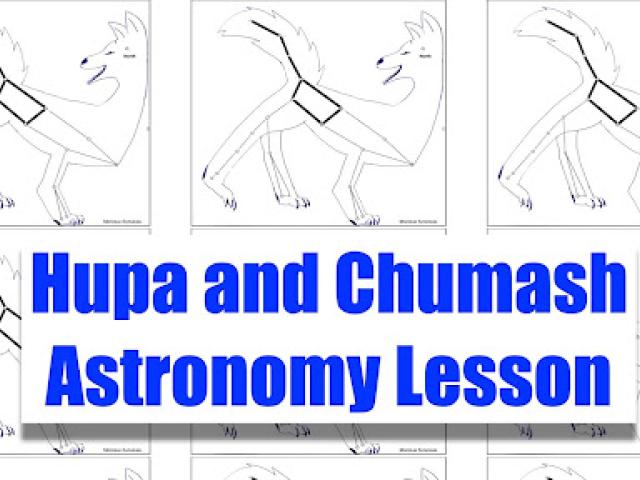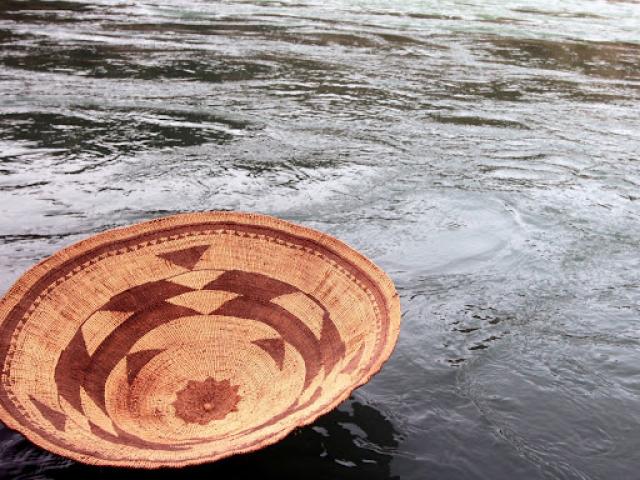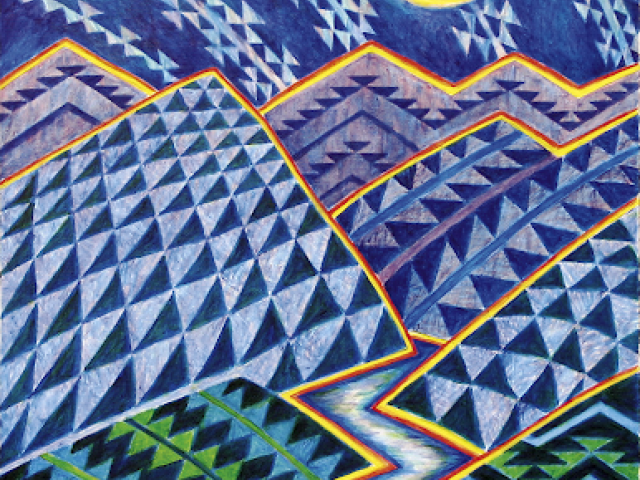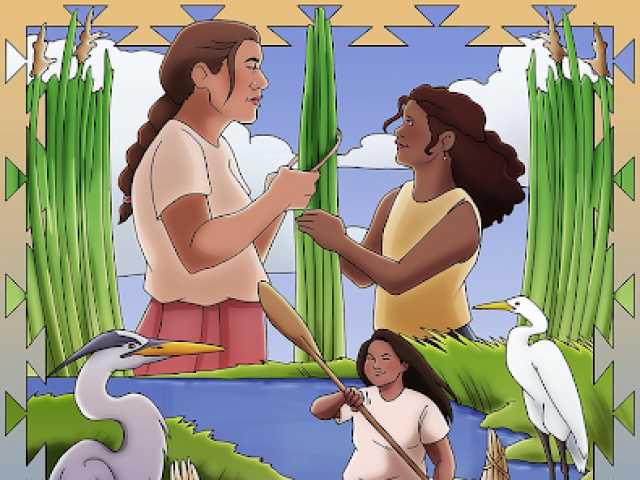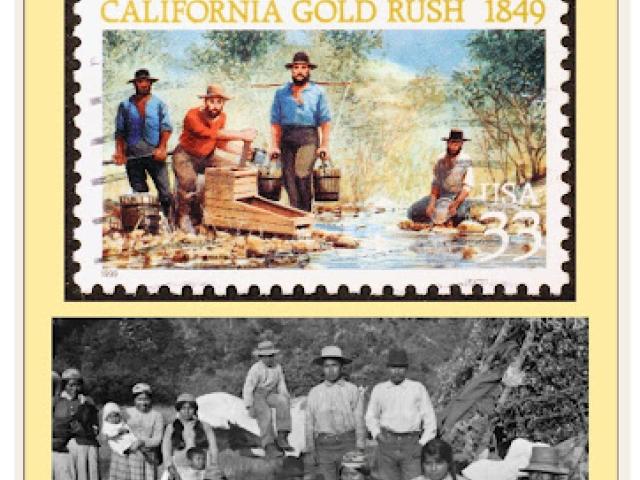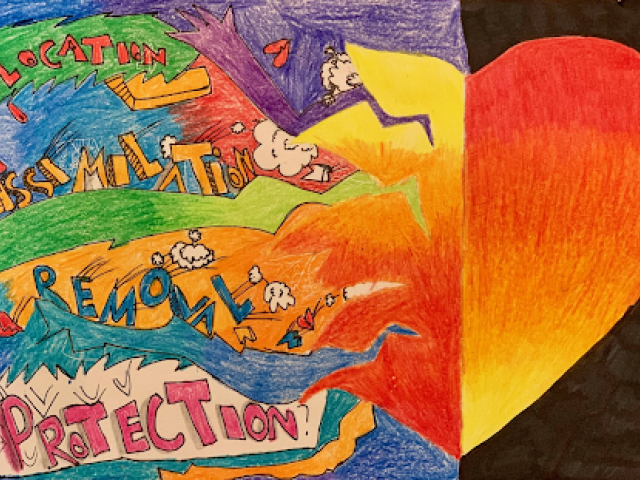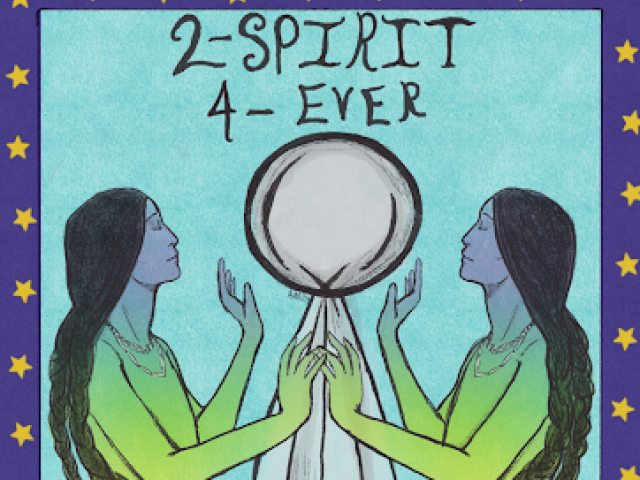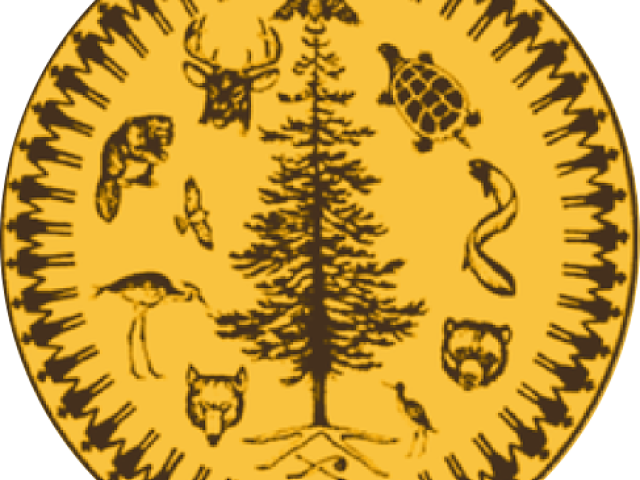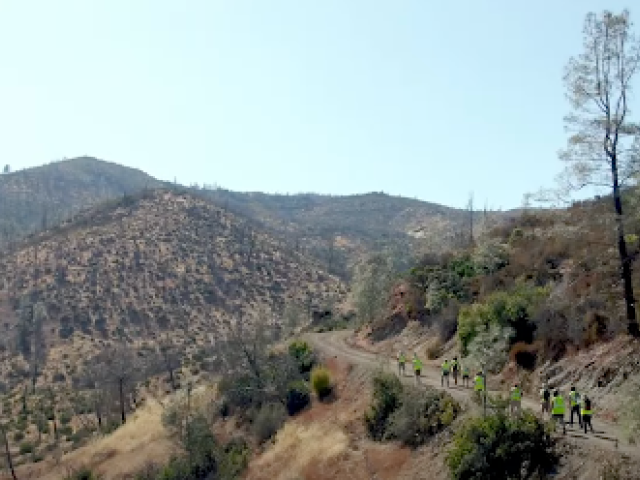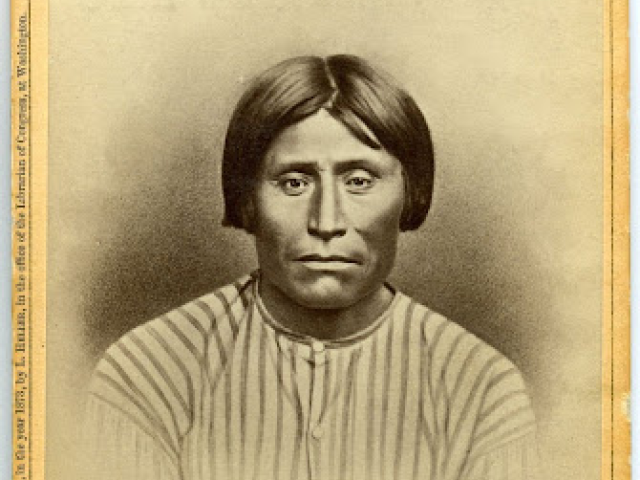Native American Studies Model Curriculum: Grades 6-8
This powerful video that uplifts Native youth voices was produced by Wiyot filmmaker Michelle Hernandez and Richie Wenzler.
This profound truth-telling video features Guiding Leaders of the Native American Studies Model Curriculum. Recommended for grades 4-12.
Introduction

The 6th–8th grade Native American Studies curriculum offers students a meaningful opportunity to engage with Native perspectives through inquiry, reflection, and creativity. These lessons are designed to deepen students’ understanding of Indigenous histories, cultures, and contemporary issues while also supporting critical thinking and social-emotional literacy.
Students are invited to examine how Native peoples have maintained strong cultural identities, relationships with the land, and artistic expression across time—despite centuries of systemic oppression and violence.
Each lesson is approximately 45–60 minutes long and is designed to integrate seamlessly with History–Social
Science, Visual and Performing Arts, English Language Arts, and Math standards.
Lessons are organized into three formats: full Units (more than five lessons, identified with an asterisk), Mini-Units (two to five lessons), and Single Lessons that can be taught independently.
Units* and Mini Units
More than 5 lessons* | 5 lessons or less
